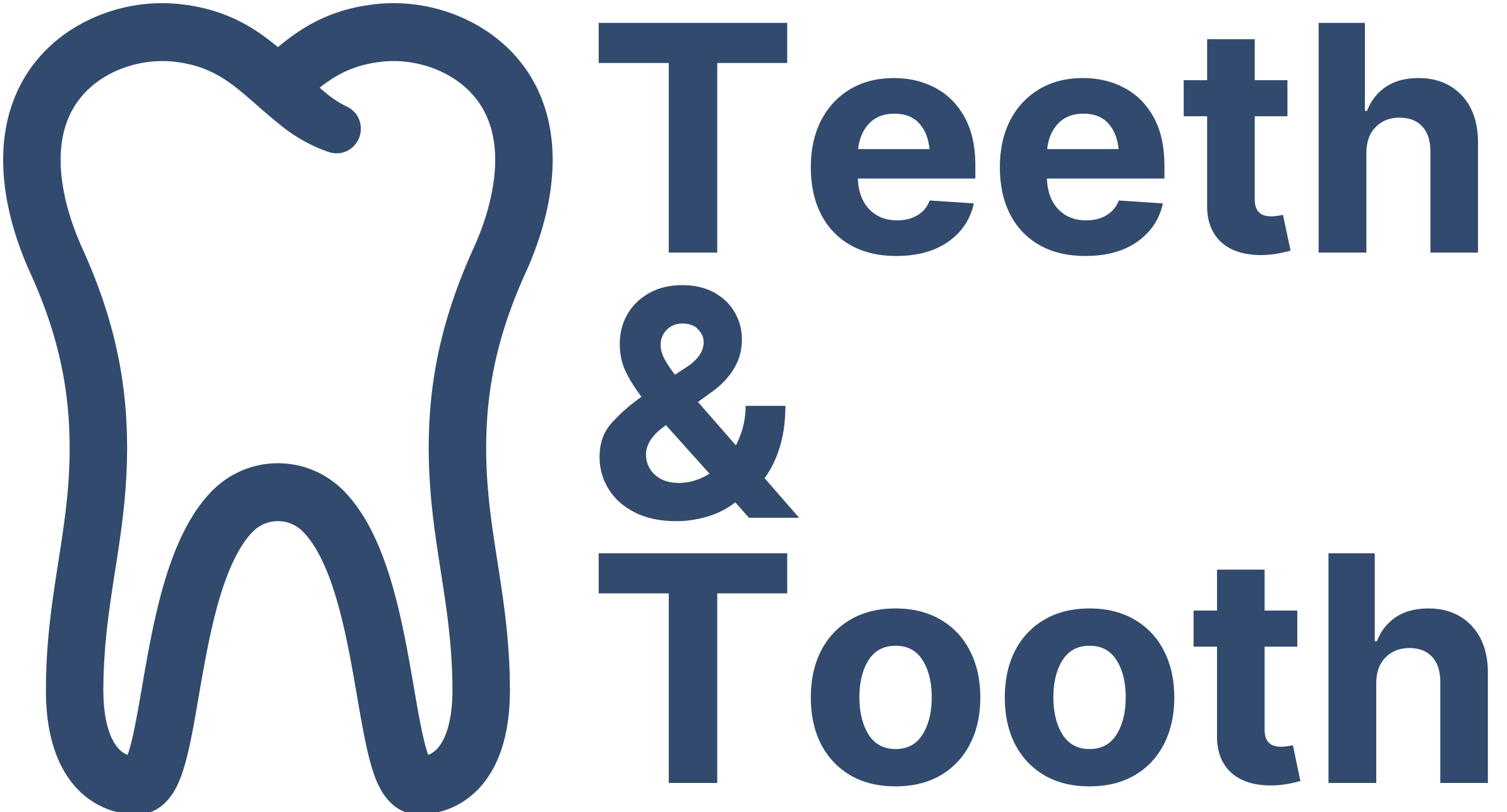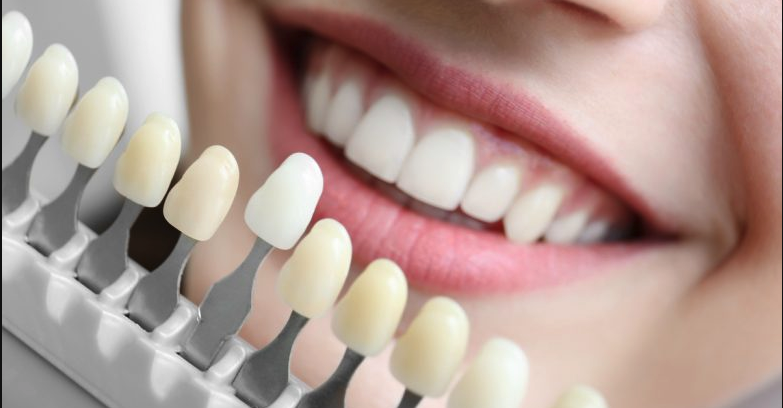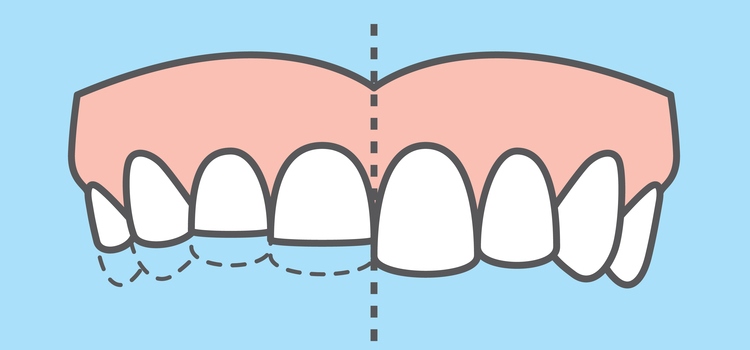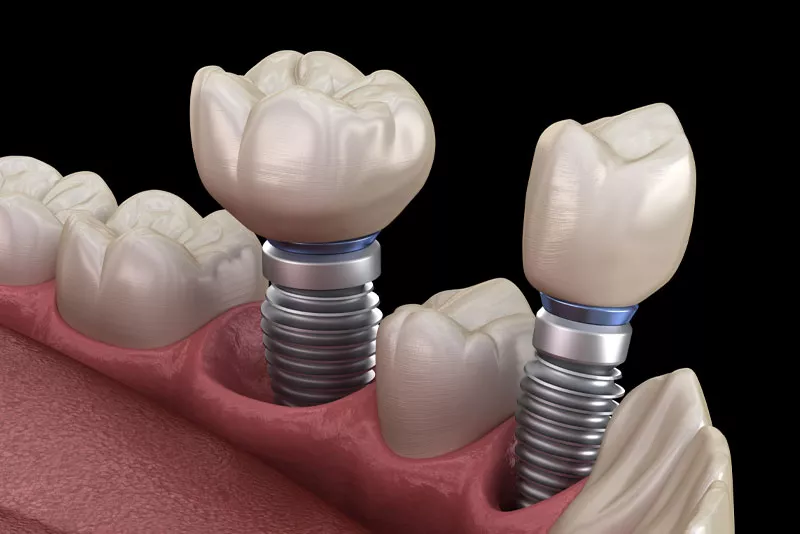We all love a bright, happy smile. It boosts your confidence and leave a lasting impression on others. But let’s face it, life’s many pleasures—like that morning cup of coffee or a glass of red wine during a celebration—can dim our teeth’s natural sparkle.
But have you ever wondered if your teeth are genuinely meant to be white? The ideal of a pearly, white teeth have become so ingrained in our cultural perception of beauty that we sometimes forget that Mother Nature doesn’t always paint them in that pristine shade.
The truth is that teeth are not naturally pure white in the way that many people perceive them to be. Most natural color of teeth can range from slightly off-white to varying shades of yellow.
Composition of a Tooth
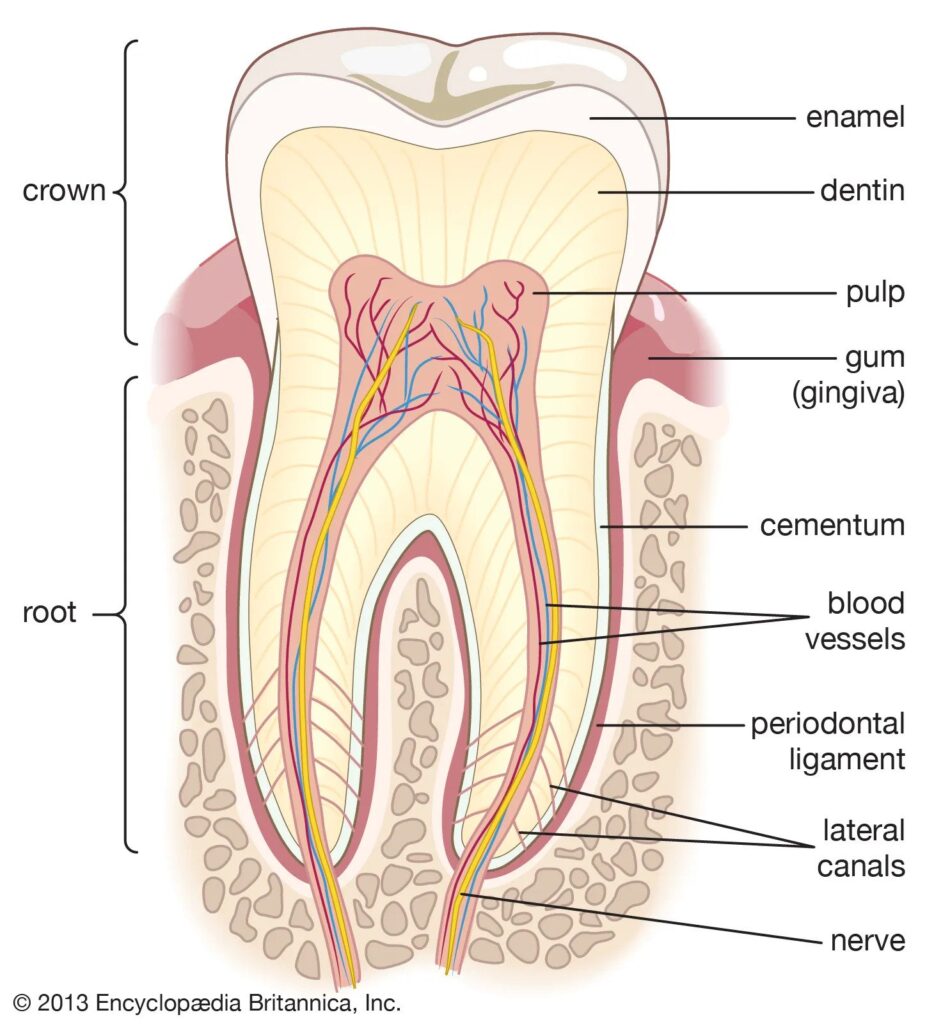
A tooth is a complex structure composed of different tissues and layers, each with specific functions. The main components of a tooth are:
- Enamel: This is the outermost layer of the tooth and is the hardest and most mineralized substance in the human body. It serves as a protective shell for the tooth and is primarily composed of hydroxyapatite. Enamel is responsible for the tooth’s white appearance and is highly resistant to wear and decay.
- Dentin: Dentin is the layer beneath the enamel and makes up the bulk of a tooth’s structure. It is made up of several components including collagen, minerals, and water. While it is a hard tissue, it is not as hard as the enamel. Dentin, which has a light shade of yellow, is primarily responsible for providing support to the enamel and transmitting nerve signals to the dental pulp
- Pulp: The pulp is the innermost part of the tooth, located in the central chamber called the pulp chamber. It contains blood vessels, nerves, and connective tissue. The pulp provides nourishment to the tooth and serves as a sensory organ, transmitting pain and temperature sensations.
- Cementum: This is a calcified tissue that covers the tooth’s roots. It is not as hard as enamel but is tougher than dentin. Cementum anchors the tooth to the jawbone through tiny fibers called periodontal ligaments.
- Periodontal Ligaments: These ligaments are connective tissues that attach the tooth’s roots to the surrounding jawbone. They allow for slight movement and cushion the forces exerted on the tooth during chewing.
As seen, each component play a vital role in the tooth’s structure and function. However, only the enamel and dentin play a role in determining the color of the tooth.
You may be interested in: Coconut Oil for Teeth Whitening. Why and How It Works?
Factors That Affect Color of a Tooth
The color of a tooth is primarily determined by the composition of its tissues, including enamel, dentin, and any stains or pigments that may be present on the surface of the tooth. Some of the facts that can influence a tooth’s color include:
- Natural Variation: The color of teeth can vary naturally among individuals. Some people have naturally whiter teeth, while others may have teeth that are naturally more yellow, gray, or even slightly brownish. This is primarily affected by genetics
- Age: As people age, their teeth may naturally become slightly discolored or yellowed. This is due to changes in the microscopic structure of the enamel and dentin over time.
- Lifestyle and Diet: What you eat and drink can significantly impact tooth color. Foods and beverages with high pigment content, such as coffee, tea, red wine, and certain fruits like berries, can stain teeth over time. Tobacco use, whether smoking or chewing, can also lead to tooth discoloration.
- Oral Hygiene: Good oral hygiene practices, such as regular brushing and flossing, can help maintain the natural whiteness of teeth by preventing the buildup of plaque, tartar, and surface stains.
- Medications: Some medical conditions or medications can affect tooth color. For example, certain antibiotics, such as tetracycline, if taken during childhood, can lead to gray or brown stains on teeth.
- Injury or Trauma: Physical trauma to a tooth can sometimes cause it to change color, often becoming darker. This may be due to damage to the tooth’s nerve or blood vessels.
- Teeth Whitening: Individuals who undergo teeth whitening procedures can achieve a lighter tooth color, either temporarily or permanently, depending on the method used. Teeth whitening products contain bleaching agents like hydrogen peroxide that break down stains and whiten the tooth’s surface.
It is important to note that while tooth color varies among individuals, maintaining good oral hygiene practices and making informed choices about diet and lifestyle can help preserve the whiteness and overall appearance of your teeth.
Teeth Whitening Treatments
If you are looking to whiten your teeth by a shade or two, there are several teeth whitening treatments available, ranging from over-the-counter products to professional procedures performed by dentists.
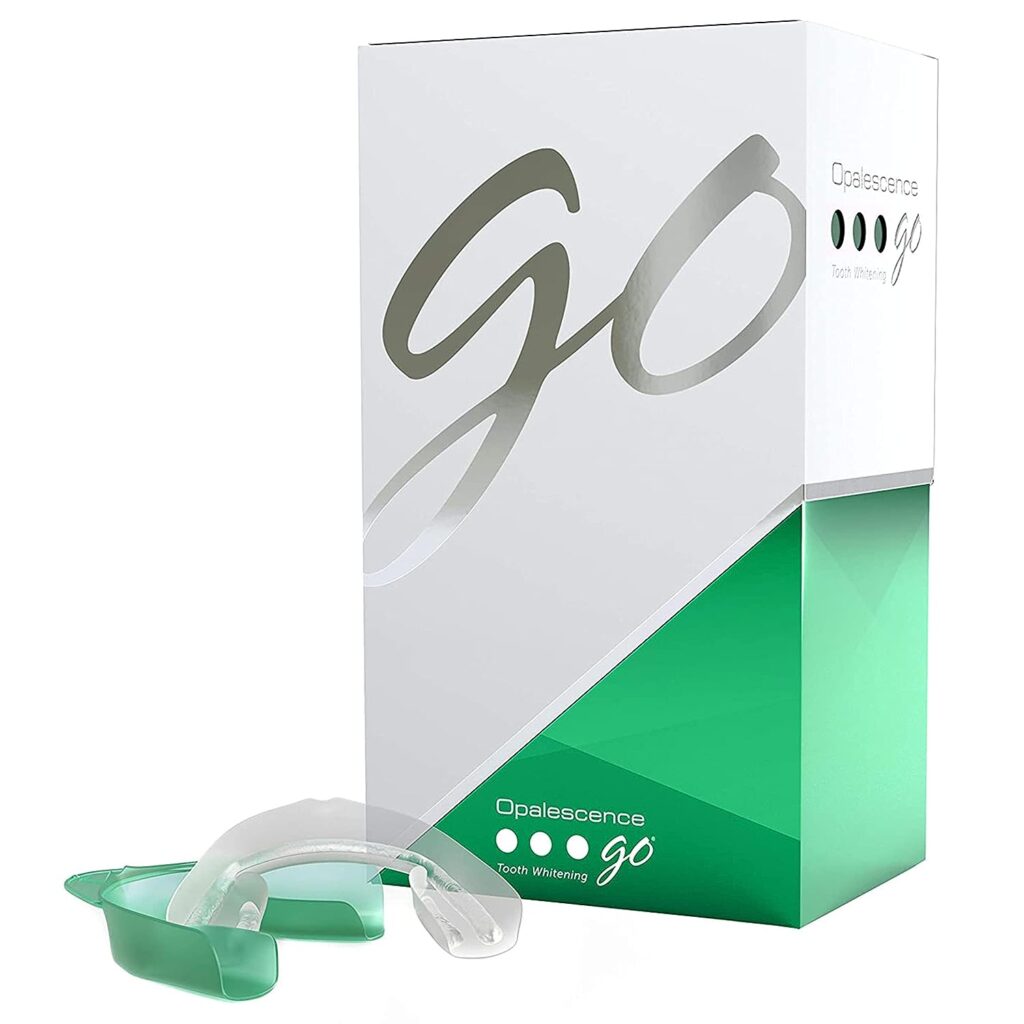
- Whitening Toothpaste: These toothpaste products contain abrasive agents and mild chemical agents to help remove surface stains. They are a convenient option for maintaining teeth whiteness but may not provide significant whitening for deeply stained teeth. Popular whitening toothpastes include Colgate Optic White Stain Fighter Whitening Toothpaste and Crest 3D White Toothpaste.
- Whitening Strips: These thin, flexible strips are coated with a peroxide-based whitening gel and are applied directly to the teeth. They are typically used daily for a specified period and can whiten the shade of your teeth in as little as a month. Popular whitening strips include Crest 3D Whitestrips and Zimba Teeth Whitening Strips
- Whitening Pens: These pens contain a whitening gel that can be applied directly to the teeth. They are convenient for touch-ups and on-the-go whitening. Popular whitening pens include Colgate Optic White Overnight Teeth Whitening Pen and Auraglow Teeth Whitening Pen
- Whitening Gels and Trays: Over-the-counter whitening kits often include trays that can be filled with a peroxide-based gel and worn over the teeth. These kits are more customizable than strips and contain a higher percentage of bleaching agent. Popular whitening gels include Opalescence Go (15%) and SmileDirectClub Teeth Whitening Kit
- In-Office Whitening Treatment: A peroxide-based whitening gel and specialized light is used for in-office procedures. As a higher concentration of the bleaching agent is used, the procedure can produce significant whitening results in just a single visit.
- Natural Remedies: Natural remedies like activated charcoal or baking soda for teeth whitening due to their low cost. While these methods may have some mild whitening effects, improper usage may lead to potential ill-effects include abrasiveness and irritation to the teeth and gums.
Closing Thoughts
The truth is, teeth are not inherently “supposed” to be blindingly white, nor are they meant to conform to any one-size-fits-all standard of beauty. The color of a tooth can be affected by several factors including genetics, age, lifestyle, and oral hygiene habits.
What truly matters is not the color of your teeth but their health and functionality. By brushing, flossing, and taking good care of your teeth, you’re ensuring that your smile stays bright and confident.
So, embrace the natural beauty of your smile, and remember that a healthy smile is a beautiful smile, regardless of its shade. After all, a confident and healthy smile is the most beautiful accessory you can wear, regardless of its color.
